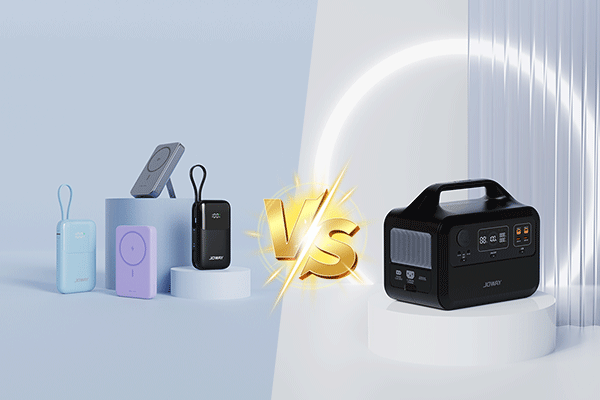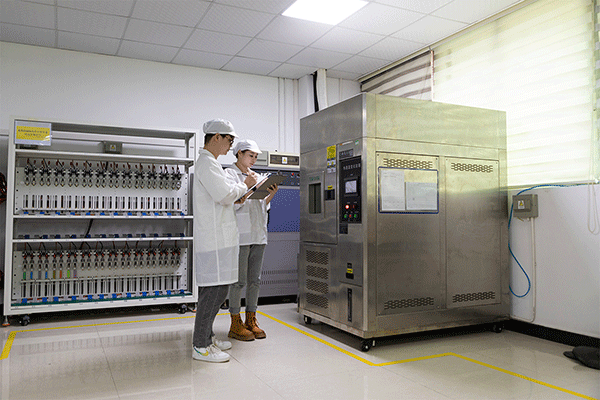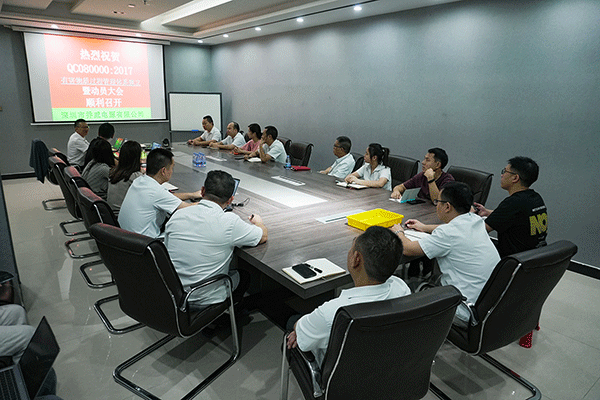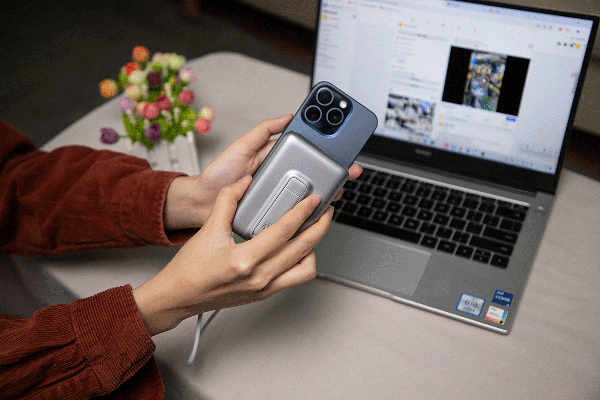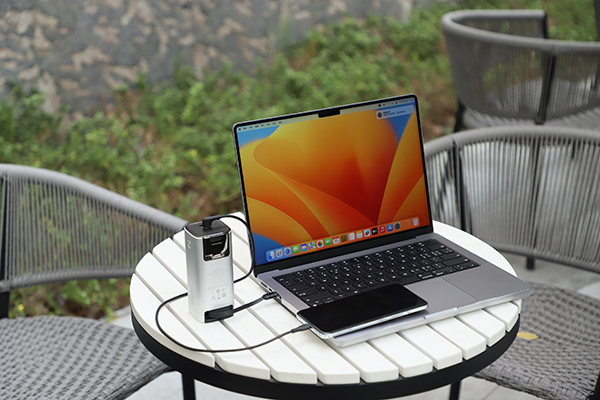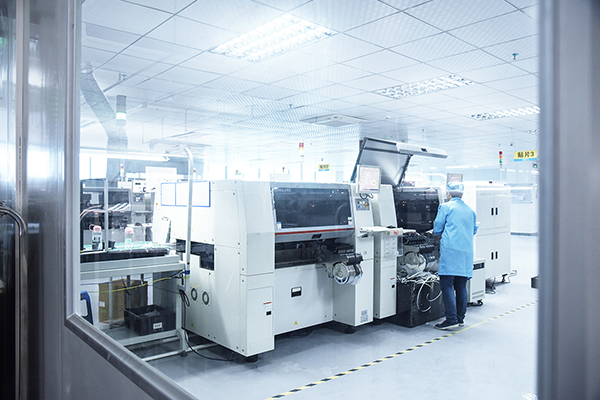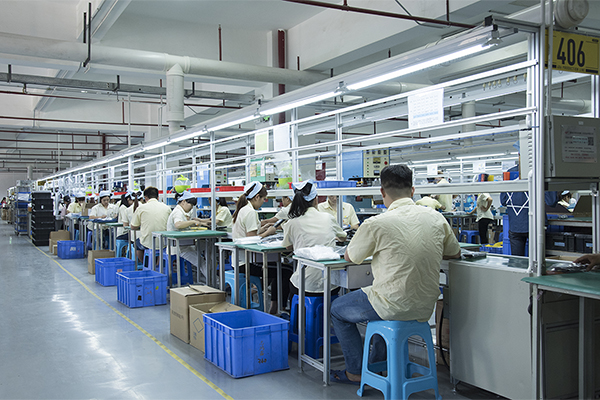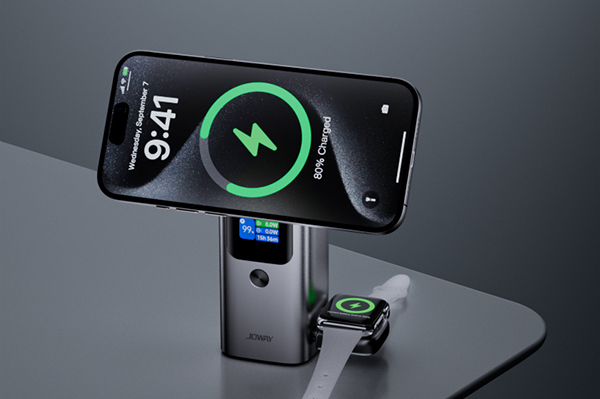The quality of power bank is related to the reputation of the brand, and the production process plays a vital role in it. What are the key production processes ? brand companies should focus on when using OEM/ODM services for power banks?Let’s learn about it together!
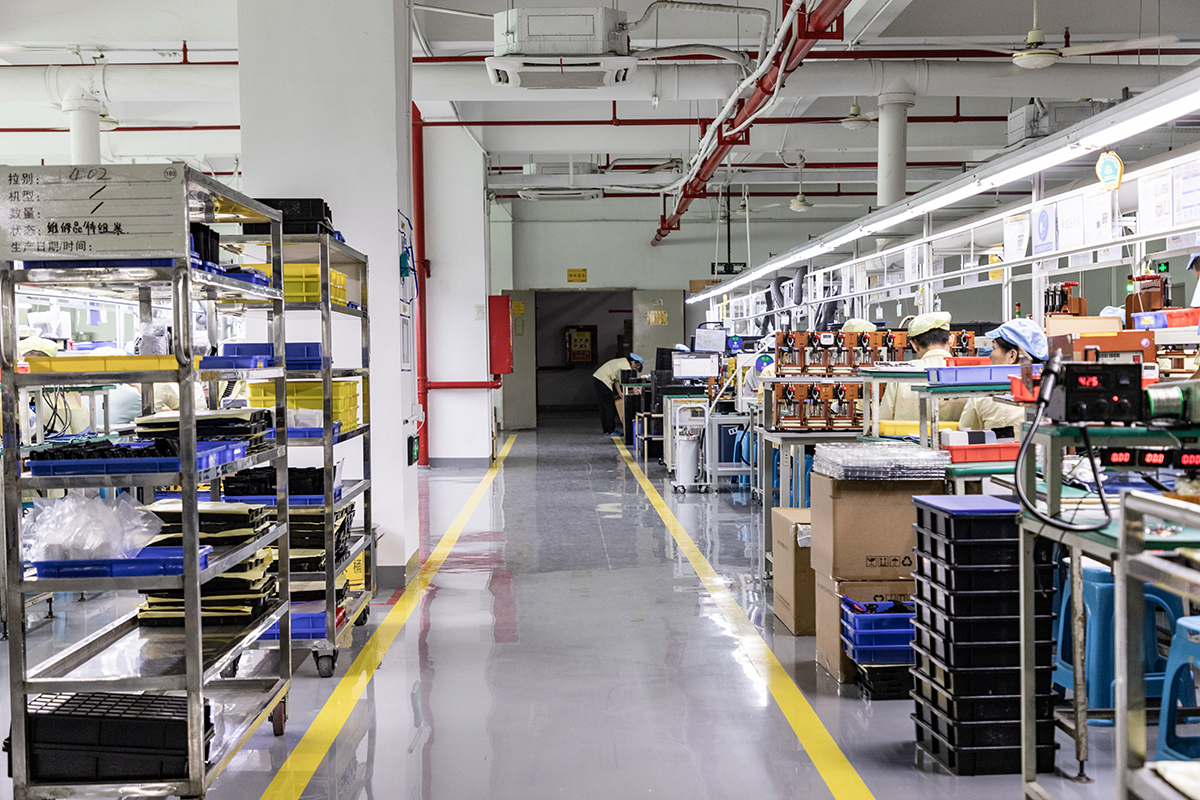
1.Main process of power bank production
It is important to each step of the production process from incoming materials to finished products, including SMT assembly, soldering, assembly, aging test, full function test and packaging process. The main process is as follows:
IQC inspection → SMT assembly → Soldering&tinning→ PCBA full functional test → Battery cell test → Battery cell&PCBA integration → Charge-discharge cycle test → Case assembly → Visual inspection → Aging test → Full functional test → Laser marking → Packaging and shrink wrapping.
Note: The power bank assembly process involves numerous steps, which may vary across different products. The above description presents a simplified general workflow, omitting specific details such as: Applying insulating paper,nickel tab welding, adhesive dispensing and battery cell bracket installation.
2.Key processes in power bank production
There are many processes in the production and there is some you need to focus on. The specific description is as follows:
1) IQC
This process is to inspect all incoming materials from suppliers, to avoid product quality problems caused by raw material.IQC serves as the first line of defense for product quality assurance…
2) SMT assembly
This process is to solder chips and components to PCB boards. Power bank factories typically adopt in-house SMT assembly,especially some large-scale factory,which can better control the quality of the motherboard! Or Some of them directly purchase pre-assembled PCBA boards.
Case:
Joway SMT Workshop: Using fully automatic line, including processes: Automatic board loading → Solder paste printing → Solder paste inspection → Fully automatic dispensing → High-speed precision placement → Dual-lane reflow soldering → In-line AOI inspection → OK/NG automatic sorting & board collection
3) Soldering&tinning
The PCB board is manually soldered and welded after the SMT process when there are components that cannot be processed, and then glue is applied for protection.
4) PCBA full functional test
Full-function testing is performed on the patch and the PCBA board after tinning, covering circuit connection and disconnection, signal transmission, logic control, etc., to timely discover and repair problems, ensure the quality of the machine board, and reduce the failure rate of the product.
5) Battery cell test
Upon arrival of PCBs and raw materials, the assembly process commences. The first step of the assembly is to test the battery cell with a battery internal resistance tester to test the internal resistance and voltage, and check the appearance of the battery. Only qualified batteries can enter the next process.
6) Battery cell&PCBA integration
After applying fish paper to the battery cells, connecting nickel tabs, and installing them in the cell holder, the assembly is welded to the PCBA, typically using either traditional soldering or laser spot welding methods.
7) Charge-discharge cycle test
After the battery cell is welded to the PCBA, the display screen is installed and fixed with screws.The semi-finished product is charged and discharged with a comprehensive tester to ensure that the charging function of the power bank is normal before completing the packaging of the shell!
8) Aging test
The assembled bare machine is subjected to an aging test. The aging test simulates user use and screens out unqualified products in advance. Only products that have passed the aging test can enter the next process!
9) Full functional test
Products that have passed the aging test are fully tested for their functions, including charging function, charging power, fast charging protocol, etc. Then the logo, parameters, and patterns are laser engraved. After checking that there are no problems, they enter the packaging stage. After packaging and filming, the finished product is completed.
3. OEM/ODM Customization Notes
1) Supplier selection:
focus on factory qualifications, R&D strength, production process, production equipment, testing equipment, quality control management, etc.
2) Design requirements communication:
If the factory designs and develops the product, the product appearance, function, parameters, etc. should be communicated as detailed as possible to ensure that the product design meets the requirements.
3) Raw material control:
Verify the supplier’s upstream supply chain and obtain material certification documents including full test reports and compliance certificates to ensure traceable quality assurance.”
4) Production process supervision:
regularly visit the factory to inspect the production lines, and focus on key processes to check whether the execution meets the standards, and the workers’ operations are standardized, etc.
5) Finished product acceptance standards:
clarify the acceptance standards for finished products, including appearance, function, performance, safety, etc., and strictly follow the standards for acceptance when delivering!
During power bank production, brand owners must enhance communication with factory personnel, closely monitor critical manufacturing processes, and strengthen quality control measures to ensure the production of safe and reliable products – ultimately boosting market competitiveness. For any inquiries regarding custom power bank solutions, please feel free to contact our expert team.


